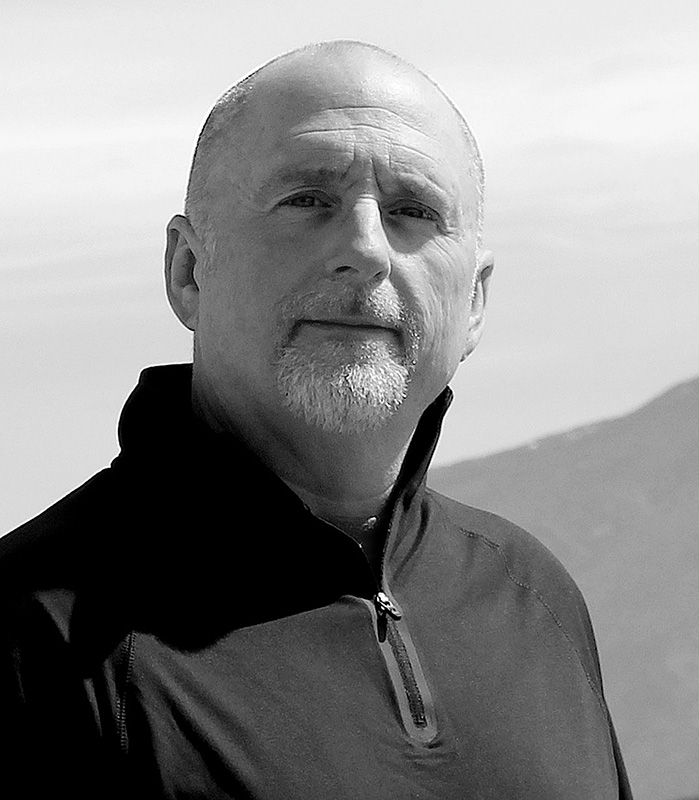"I have enjoyed photography and art since I was young. I was fortunate to have traveled with my family throughout the United States as I was growing up. Taking pictures during those trips was an exciting and rewarding experience. Being semi-retired from teaching, I now have more time to rekindle my artistic pursuits. Much of my work depicts life outdoors, because that is where I spend a significant amount of my time. Capturing moments through photography, whether magnificent or understated, is more fulfilling now than ever.
My wife Kim and I live in Ashton, Illinois where we foster rescued dogs, volunteer, teach part time, and enjoy small town life."
About Back Roads:
"There is a sense of timelessness when I travel the back roads of America. Two-lane blacktops and meandering gravel roads are the capillaries that carry me to those places that modernity has mostly ignored.
For me, in these places, the sky is bigger, the earth is closer, and the air smells fresher. A feeling of tranquility exists there.
Whether a bucolic scene, a sylvan setting or an alpine view, I am transported to a time and place that previous generations might have experienced.
Black and white images contribute to that feeling of timelessness, whether depicting a leafless tree, a grazing horse, or an abandoned pick-up truck in a pasture. I hope my photos transport the viewer, even for a few moments, to these out-of-the-way places – sometimes beautiful, sometimes gritty, sometimes simple, sometimes unique, but always real."
Awarded Photographer of the Week - Week 14
